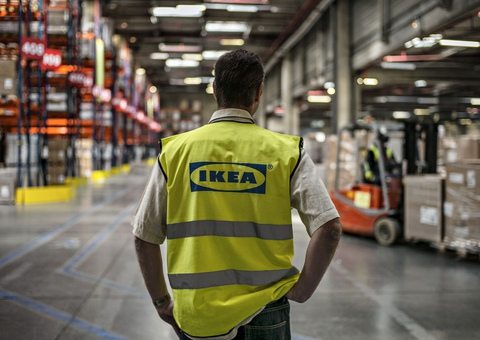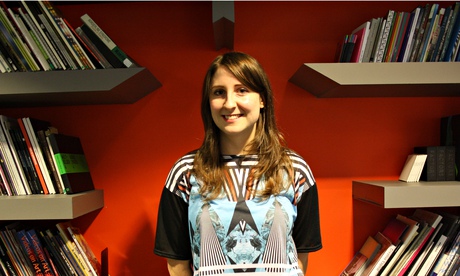More international tourists are visiting the seven museums run by Amgueddfa Cymru, National Museum Wales than ever before. In fact we’ve seen a 26% increase in overseas visits in the past three years, accounting for one in four of all visitors to National Museum Cardiff. Not only is it a great example of how museums can be drivers of tourism, it also begs the question: why?
As head of marketing for the museums body, here’s my take.
1. Strong brand saliency
Brand saliency defines your brand strength and can be improved through marketing activity to raise awareness. Done well, it develops a sense of familiarity even among irregular users. It means that your brand springs more readily to mind when a person is looking for places to visit, so that your museum makes it on to that person’s mental shortlist.
Outdoor advertising, for example, is great for catching the attention of people who only occasionally visit museums.
2. A well-defined core proposition for the tourism market
Tourists are a priority audience in our marketing strategy. It’s easy to get side-tracked into pouring all your efforts into promoting the public programme, neglecting the core offer.
Marketing is about understanding the needs of your customers. Tourists have a curiosity about the place they are visiting and a desire to understand its history and culture. The museums in Wales tell those stories so well through their collections. We refocused our efforts on the core offer of the permanent collections in our marketing aimed at tourists.
Analysis of our visitors confirmed the need for mixed marketing activity. The website is crucial at the planning stage, so we translated the webpages of the permanent collections into French, Spanish, German and Chinese. Interestingly, we found that tourists are the biggest users of print materials, so we prioritised distribution at accommodation providers, motorway services and tourist information centres. We are now also regular advertisers in hotel bedroom web browsers.
3. Seizing opportunities
Tourism is a heterogeneous market that encompasses independent visitors through to organised groups. You need to consider different marketing channels to ensure the best reach of each tourism segment.
For example, we capitalised on opportunities available through the national tourism body and regional tourism consortia around Wales. We looked out for more opportunities to be included in their press, advertising and PR. This included familiarisation visits for travel companies seeking new products and packages.
We also now actively support travel trade events and we’re a key partner of Visit Wales at World Travel Market.
China Welcome, an initiative led by Visit Britain, was another opportunity. It forced us to evaluate our offer for the Chinese market. Drawing inspiration from the lucky number eight in Chinese culture, we created a video with Chinese captions of the top eight highlights at National Museum Cardiff, available on our Chinese web pages. We involved our Chinese-speaking keeper of art to gain a perspective of which objects would appeal most. The insight from running familiarisation visits with Chinese travel companies also helped to inform the video scenes.
4. Selling yourselves to your peers
Don’t be lulled into a false sense of security by assuming the sector has complete product knowledge of your visitor offer. They need reminding in the same way that the public does. The tourism sector is vast, so we courted tourism professionals by running more familiarisation visits especially for National Museum Cardiff, long considered a sleeping giant given the international quality of its collections.
5. Further insights
- Questions to ask: Are tourists a viable visitor segment for you to actively target? Are these independent tourists or do they come in organised groups? Are you getting your fair share of tourists that visit the area?
- Concentrate on the must-sees in your collection that tell a distinct story and give an interesting insight into the region.
June François is head of marketing at National Museum Wales
Join our community of arts, culture and creative professionals by signing up free to the Guardian Culture Pros Network.










